Nuclear survival is a topic rife with misinformation. From Hollywood movies to urban legends, false ideas about surviving a nuclear event have spread like wildfire. These myths can be dangerous, leading people to make poor decisions in critical moments. It’s time to separate fact from fiction and arm ourselves with accurate knowledge. Here are 24 common myths about nuclear survival that need debunking.
Duck and Cover Is Useless
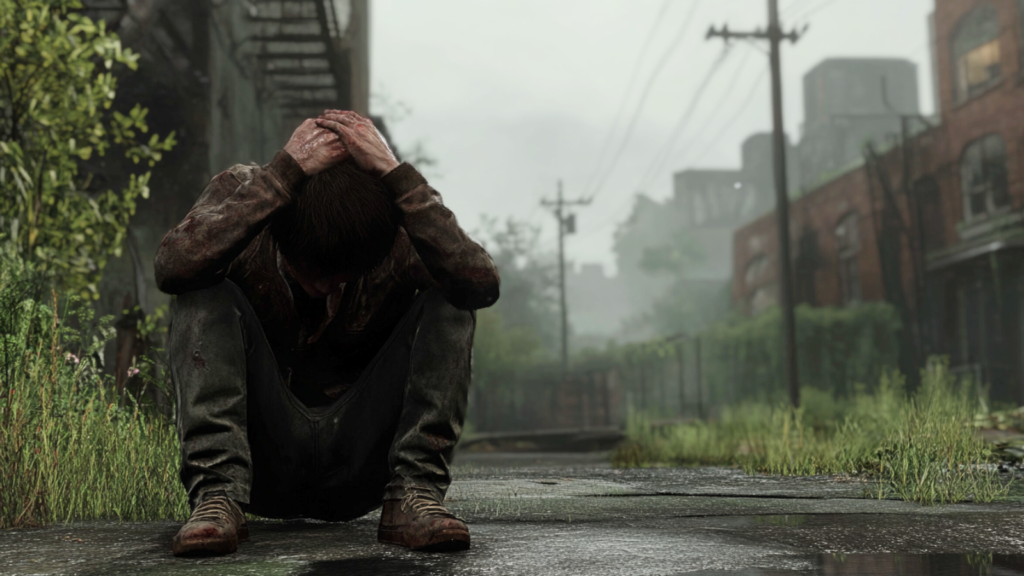
Many folks scoff at the old “duck and cover” drills, but they’re not as silly as you might think. In a nuclear blast, the immediate danger is from the intense flash of light and heat. Ducking behind or under something solid can protect you from flying debris and reduce your exposure to thermal radiation. It might just save your life in those crucial first moments. Remember, the goal is to create any barrier possible between you and the initial blast effects, even if it’s just your own arm over your face.
All Nuclear Explosions Are the Same

This couldn’t be further from the truth. Nuclear explosions vary widely in yield, ranging from less than a kiloton to several megatons. The effects and damage radius depend on the size of the bomb, detonation height, and local conditions. A small tactical nuke is a far cry from a city-leveling thermonuclear warhead. For perspective, the bomb dropped on Hiroshima was about 15 kilotons, while modern warheads can exceed 1 megaton – that’s over 66 times more powerful.
Radiation Fallout Lasts Forever
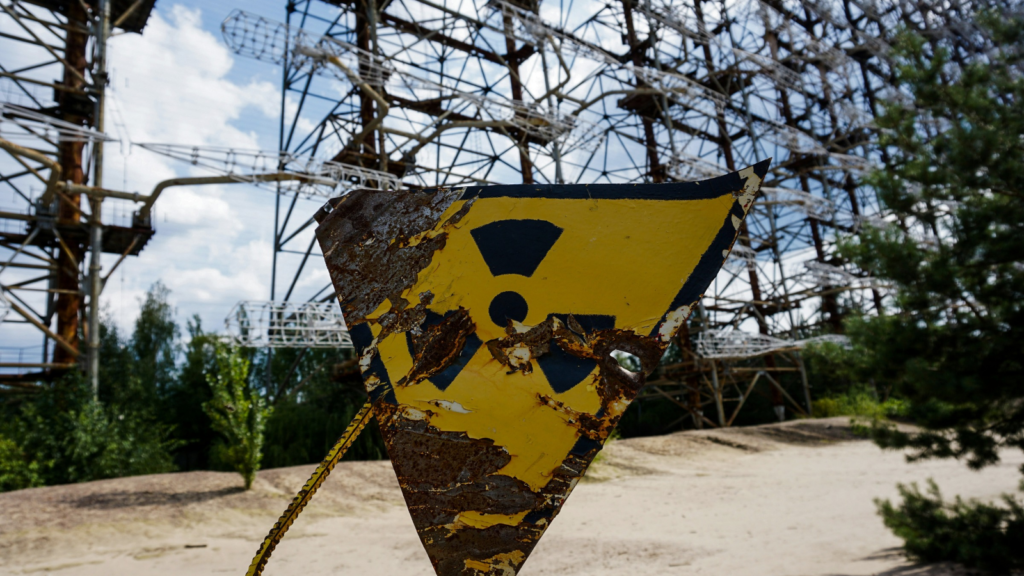
While it’s true that some radioactive materials have long half-lives, the most dangerous fallout decays quickly. The “7-10 rule” is key here: for every sevenfold increase in time after detonation, there’s a tenfold decrease in the radiation rate. After just 48 hours, the fallout’s intensity drops to about 1% of its initial level. This rapid decay is why the first few days of sheltering are crucial – after two weeks, the radiation levels from fallout will have decreased to about 1% of their initial values.
You Need a Massive Bunker to Survive
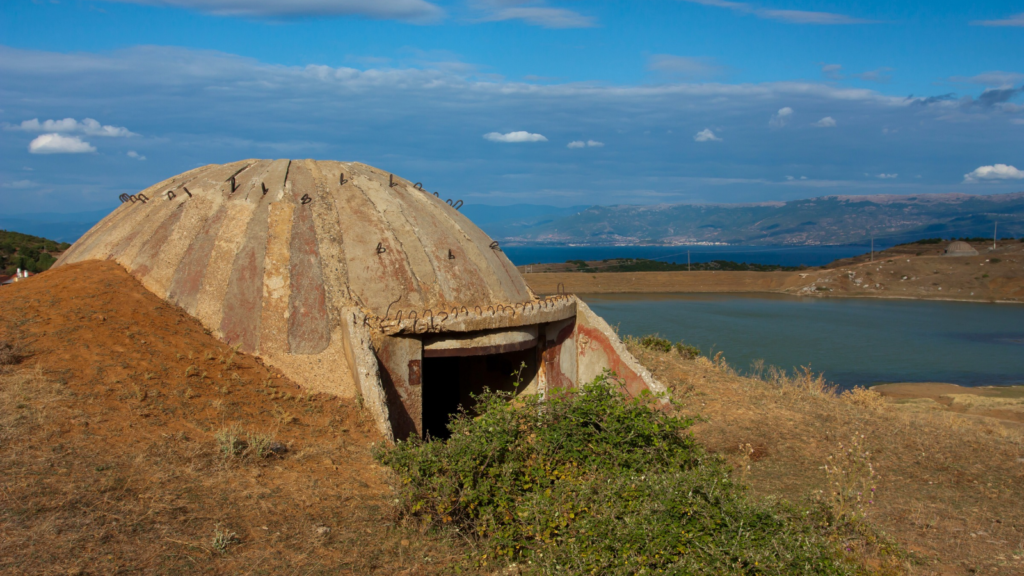
A big, fancy bunker is nice, but not necessary. The primary shield against radiation is mass – the more material between you and the fallout, the better. A basement or even the center of a large building can provide adequate protection. The key is to maximize the mass between you and the outside world. For example, the walls of a basement shelter can be reinforced with dirt-filled buckets or sandbags to increase protection.
Potassium Iodide Pills Protect Against All Radiation

Potassium iodide is useful, but it’s not a cure-all. These pills only protect your thyroid from radioactive iodine, which is just one type of radionuclide present in fallout. They don’t shield you from other radioactive elements or from external radiation exposure. They’re a tool in the toolkit, not a silver bullet. It’s crucial to understand that potassium iodide must be taken before or immediately after exposure to be effective, and the correct dosage varies by age and body weight.
Nuclear Winter Will Kill Everyone Anyway
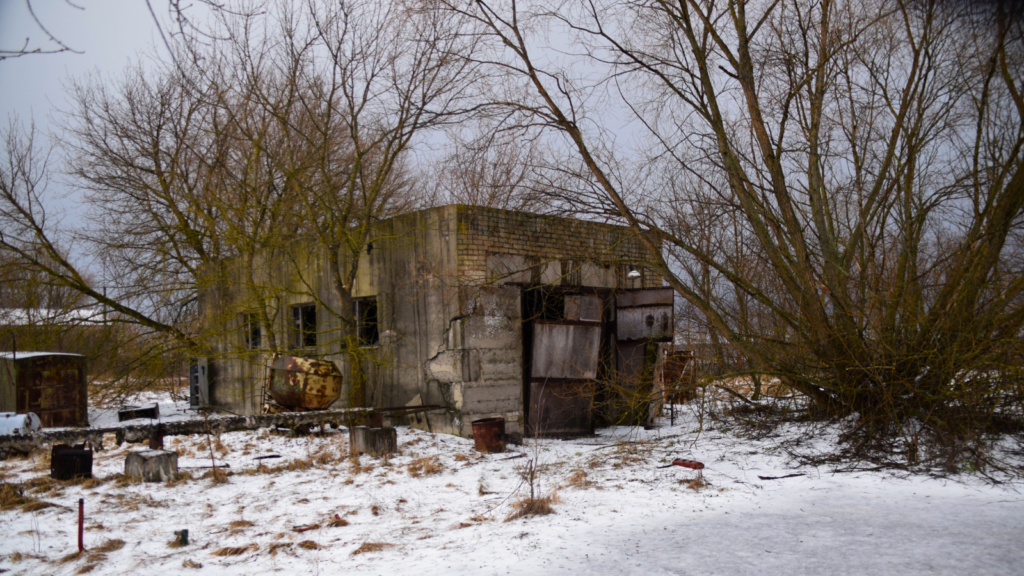
While a large-scale nuclear war could cause significant climate effects, the “nuclear winter” scenario is often exaggerated. Modern climate models suggest that while there would be cooling and agricultural disruptions, it wouldn’t be an extinction-level event. Preparation and adaptation would be key to survival. Recent studies indicate that global temperatures might drop by 1-4°C for several years following a large-scale nuclear exchange, presenting challenges but not an insurmountable apocalypse.
You Can Outrun a Nuclear Blast
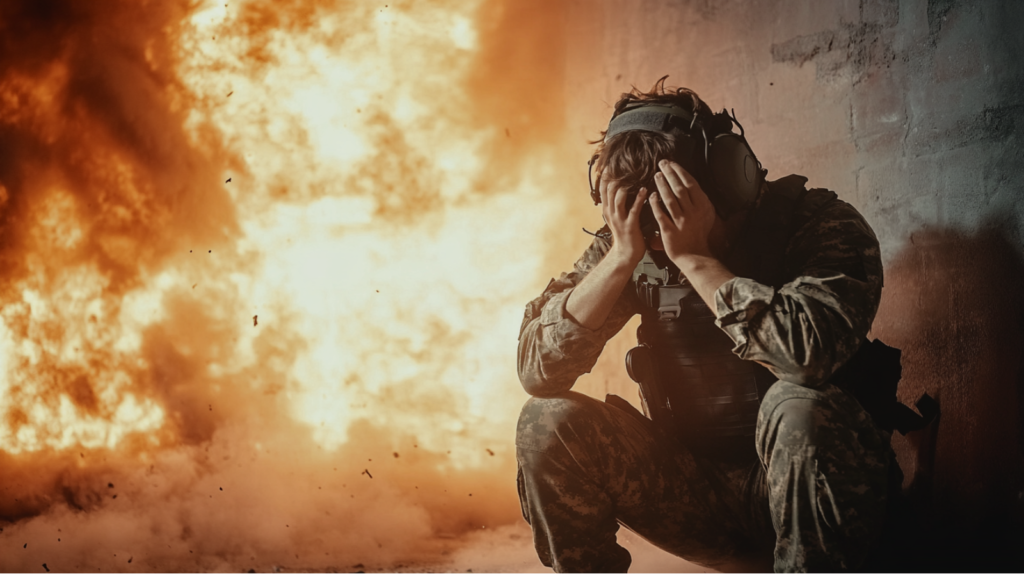
Unless you’re The Flash, you can’t outrun a nuclear explosion. The initial blast wave travels at supersonic speeds. Your best bet is to seek immediate shelter rather than trying to flee. Remember, you’ll have mere seconds to react, so knowing where to take cover is crucial. The blast wave from a 1-megaton nuclear explosion can reach speeds of up to 1,000 km/h and can be felt up to 80 km away, underlining the futility of trying to outrun it.
All Food Will Be Contaminated

While fallout can contaminate exposed food and water, properly stored supplies remain safe. Fallout particles are like dust – they don’t penetrate packaging. Canned goods, bottled water, and food in sealed containers will be perfectly edible. Just be sure to wipe down the outside before opening. Root vegetables that can be peeled, like potatoes, are often safe even if grown in contaminated soil, as the radioactive particles typically don’t penetrate the skin.
You’ll Need Tons of Guns to Survive

While self-defense is important, going full Rambo isn’t the answer. In a post-nuclear scenario, community cooperation will be far more valuable than an arsenal. Focus on building alliances, sharing resources, and working together. A single person, no matter how well-armed, is vulnerable. Historical examples of societal collapse show that communities that band together have a much higher survival rate than isolated individuals or small groups.
Only Rural Areas Are Safe
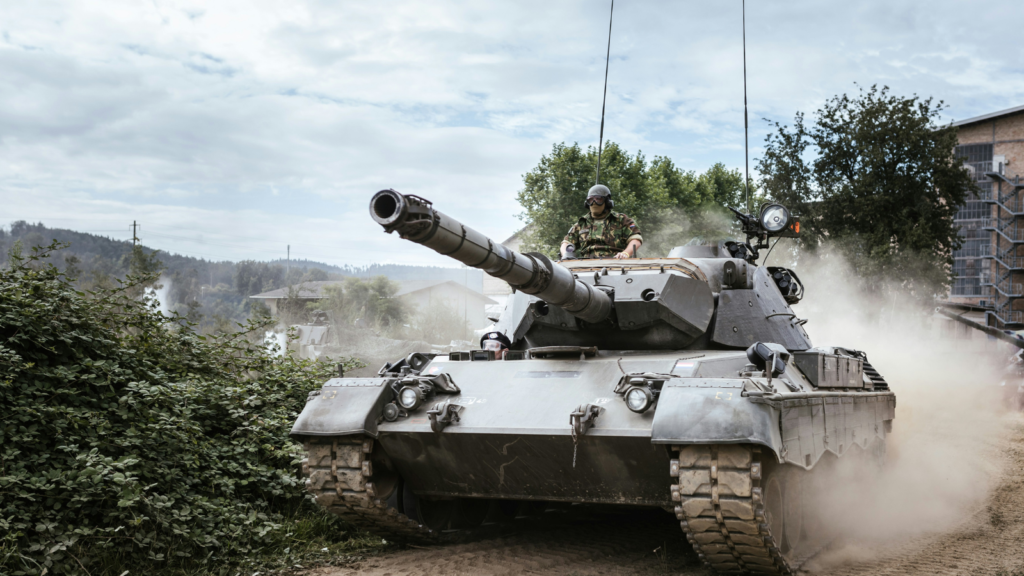
Urban areas would certainly be primary targets, but rural locations aren’t automatically safe havens. Depending on wind patterns, rural areas could receive heavy fallout. Plus, many rural locations house military installations or missile silos, making them potential targets. No place is inherently safe – preparation is key wherever you are. Knowing your area’s risk factors, such as nearby strategic targets or typical wind patterns, is crucial for effective preparation.
Radiation Sickness Is Always Fatal
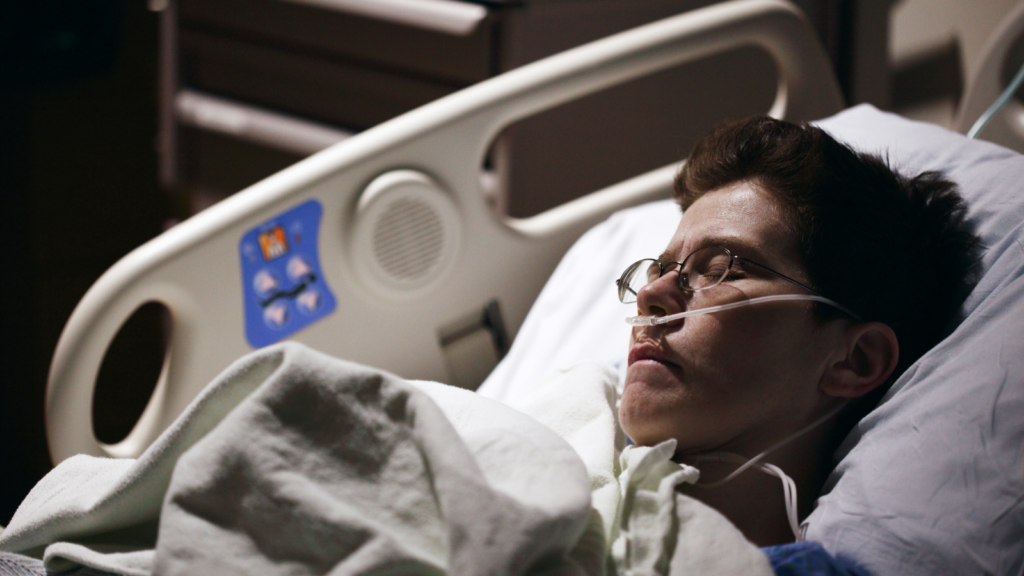
Contrary to popular belief, radiation sickness isn’t always a death sentence. The severity depends on the dose received. Mild cases can be treated successfully, and even some severe cases can be survived with proper medical care. Modern treatments have significantly improved survival rates for radiation exposure. For instance, a whole-body dose of 2-4 Gy (200-400 rad) has a survival rate of 50% with proper medical treatment, while doses below 1 Gy typically result in mild symptoms that resolve on their own.
You Need to Be Super Fit to Survive

While being in good shape is always beneficial, nuclear survival isn’t just about physical fitness. Mental resilience, knowledge, and preparedness are equally, if not more, important. Don’t neglect your mind in favor of your body – both are crucial for long-term survival. Skills like problem-solving, stress management, and adaptability can be just as life-saving as physical endurance in a post-disaster scenario.
Fallout Shelters Are Airtight Bunkers
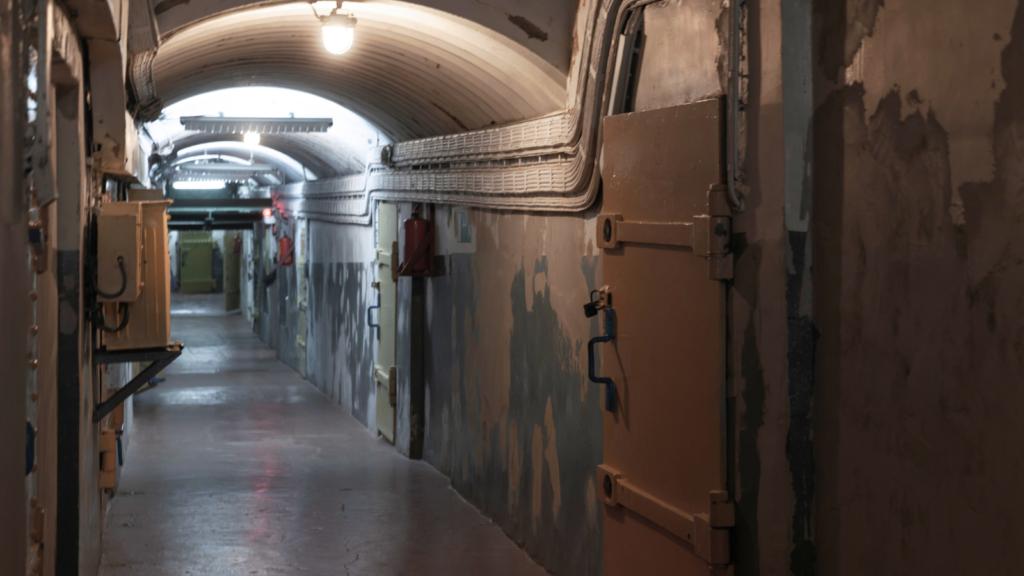
A common misconception is that fallout shelters need to be airtight. In reality, you need air circulation to prevent carbon dioxide buildup. Fallout particles are like sand or dust – they don’t float in the air for long. A proper shelter filters air, it doesn’t seal it off completely. A simple air filtration system can be made using a box fan and HEPA filters, providing clean air without the need for complex pressurization systems.
You Can’t Prepare Unless You’re Rich
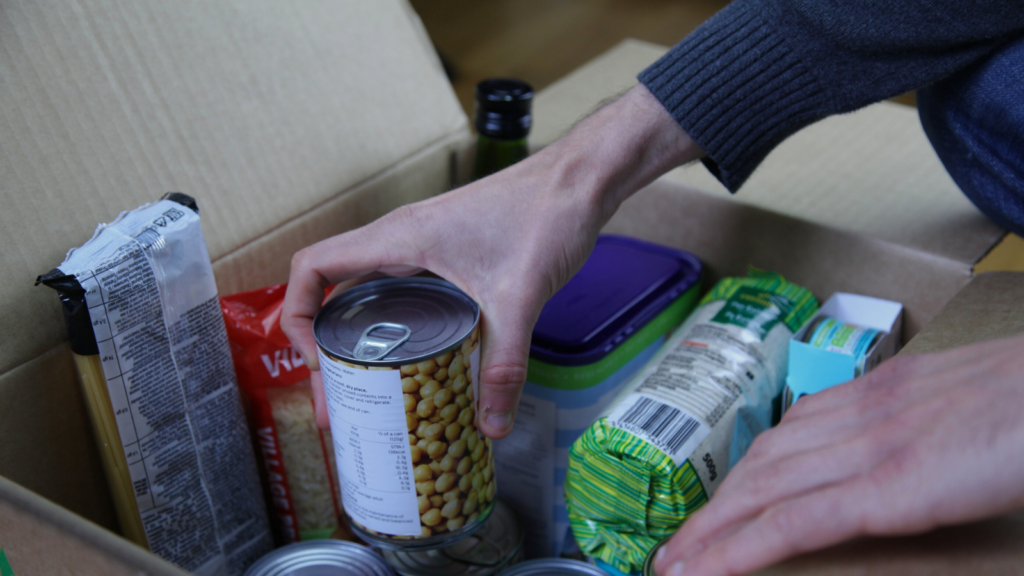
Effective preparation doesn’t require a fortune. Many crucial preps are knowledge-based and cost nothing. Understanding radiation, knowing how to purify water, and having a solid plan are free. Basic supplies like canned food, water containers, and duct tape are affordable. It’s about smart preparation, not expensive gear. Learning skills like first aid, basic construction, and food preservation can be more valuable than any high-tech equipment.
Nuclear War Means Instant Death for Everyone

While a nuclear war would be catastrophic, it’s not an automatic death sentence for all. The effects would vary greatly depending on location, yield of weapons used, and individual preparedness. Many people, especially those outside immediate blast zones, would survive the initial attack. Long-term survival would depend on preparation and knowledge. Studies suggest that even in a full-scale nuclear war, a significant portion of the world’s population would survive the immediate effects.
Electromagnetic Pulse (EMP) Is Science Fiction
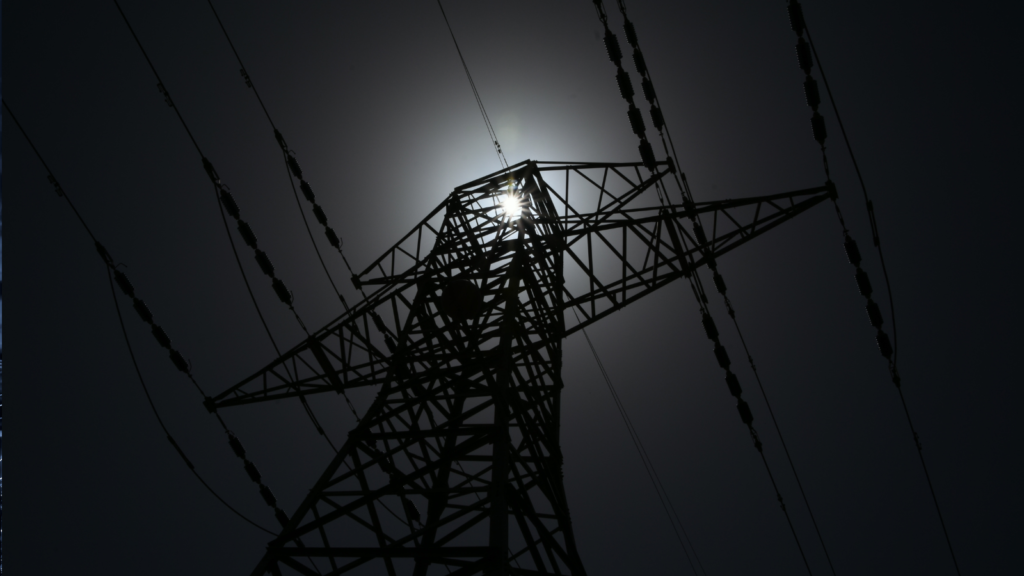
EMPs are very real and pose a significant threat. A high-altitude nuclear detonation could create an EMP capable of disabling electronic devices across a large area. This could knock out power grids, communications, and electronic equipment. Protecting crucial electronics with Faraday cages is a wise precaution. A single high-altitude EMP could potentially affect electronic systems across an entire continent, making it one of the most far-reaching effects of a nuclear detonation.
You Can’t Grow Food After a Nuclear War
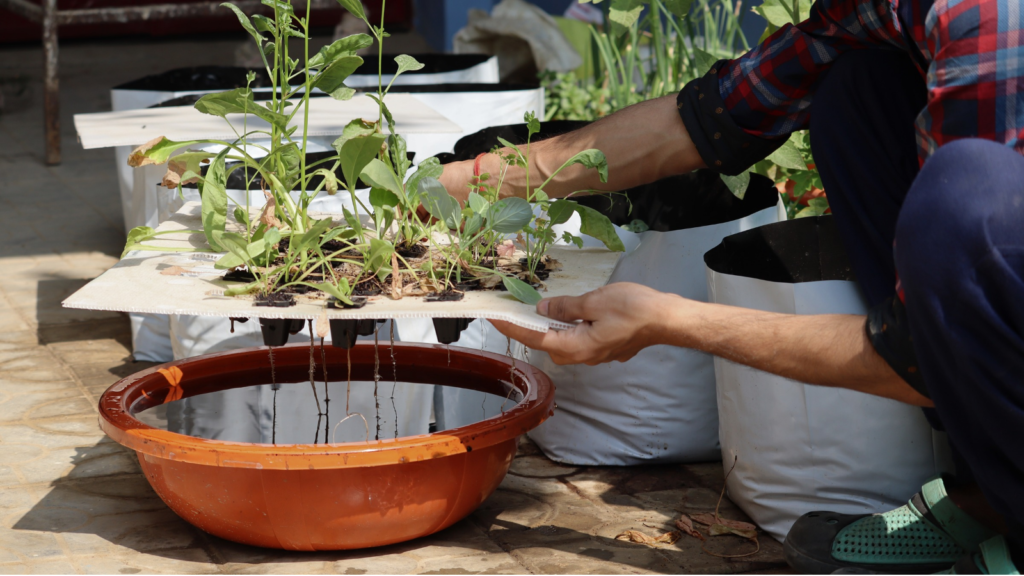
While there would certainly be challenges, growing food post-nuclear war is possible. Greenhouses can protect crops from contaminated soil and rainwater. Hydroponics and aquaponics systems can produce food without soil. Knowledge of permaculture and radiation-resistant crops would be invaluable. Some plants, like sunflowers, are known to absorb radiation from soil and could be used for phytoremediation to clean up contaminated areas.
All Water Sources Will Be Contaminated
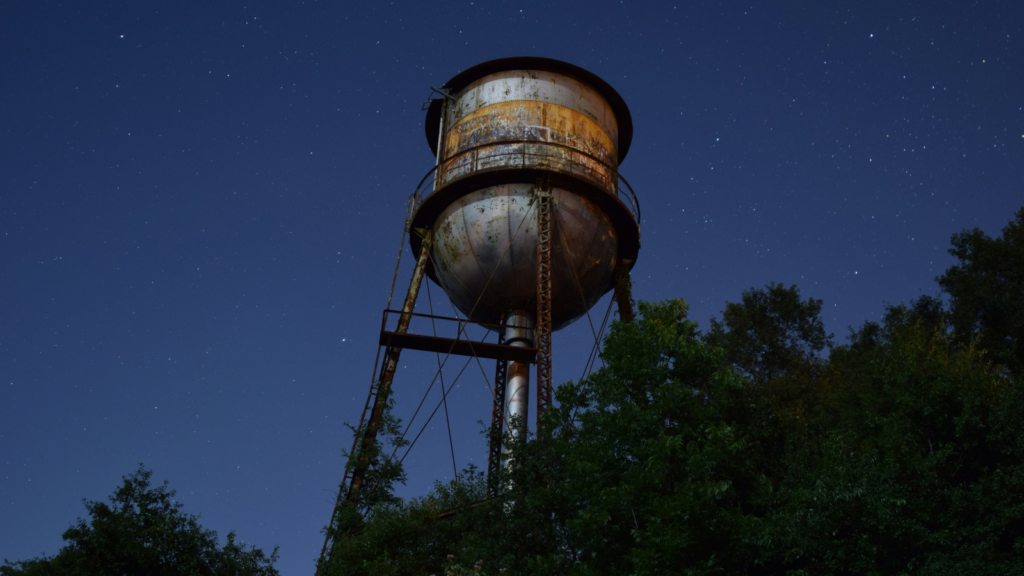
Surface water would likely be contaminated initially, but not all water sources would be affected equally. Deep wells, springs, and properly sealed water tanks would remain safe. Knowing how to purify water through distillation, reverse osmosis, or even solar stills could be life-saving skills. Rainwater collected after the initial fallout period (usually a few weeks) is typically safe to use, especially if filtered.
Gas Masks Are All You Need for Radiation Protection
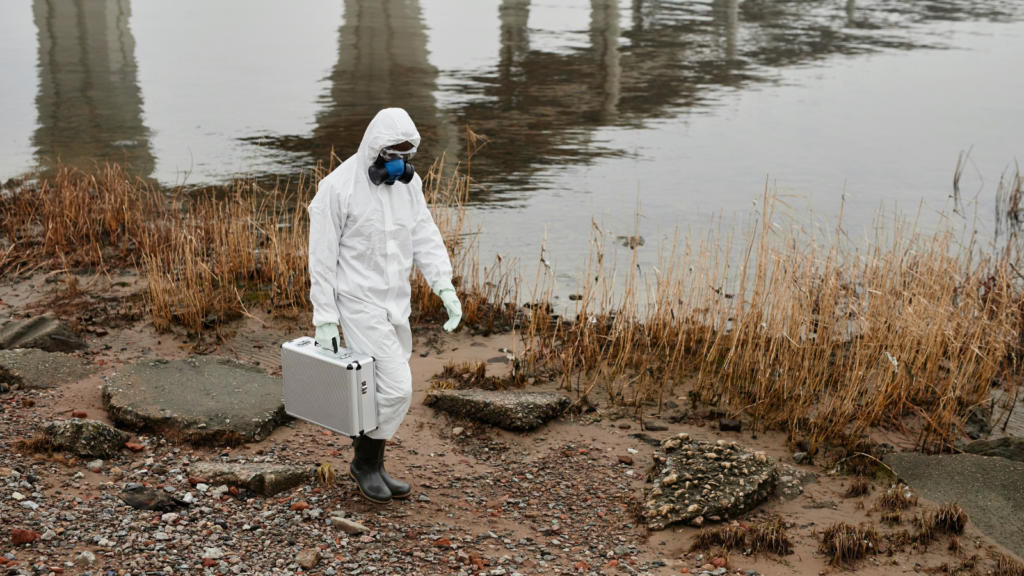
While useful for filtering particulates, standard gas masks don’t protect against radiation itself. They can help prevent inhalation of radioactive particles, but they don’t shield you from gamma radiation. Full-body protection and minimizing exposure time are crucial for radiation safety. A proper radiation protection suit (like those used in nuclear facilities) provides far more comprehensive protection than a gas mask alone.
You Need to Evacuate Immediately

Unless you’re in immediate danger from blast effects, evacuating right after an attack could expose you to more radiation. The safest course is often to shelter in place for at least 24-48 hours, allowing the most intense radiation to decay. Use this time to gather information and plan your next moves carefully. If evacuation becomes necessary, having pre-planned routes and destinations can significantly increase your chances of safe relocation.
Only Government Agencies Will Have Accurate Information
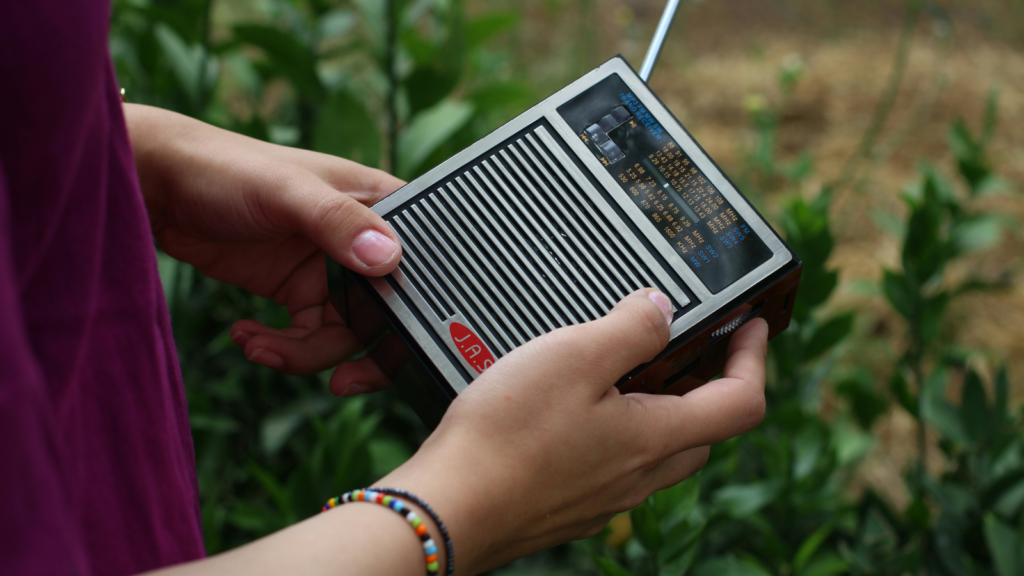
In a crisis, official channels might be overwhelmed or disrupted. Having your own means of gathering information is crucial. A hand-crank or battery-powered radio, especially one capable of receiving shortwave broadcasts, could provide vital updates. Don’t rely solely on official sources – diversify your information channels. Amateur radio networks often remain operational during disasters and can be valuable sources of local and regional information.
Nuclear Survival Skills Are Useless for Other Disasters

Many skills and preps for nuclear scenarios are highly applicable to other disasters. Knowledge of water purification, food storage, first aid, and emergency communication are valuable in any crisis. Preparing for nuclear survival makes you more resilient to a wide range of potential emergencies. The mental preparedness and problem-solving skills developed for nuclear scenarios are particularly transferable to other disaster situations.
You Can’t Decontaminate Anything After Fallout

While some items may need to be discarded, many things can be effectively decontaminated. Thorough washing can remove fallout particles from many surfaces. Hard, non-porous items are easiest to clean. Knowing proper decontamination techniques can help preserve valuable resources and expand your safe areas. For example, a mixture of water and vinegar can be effective for cleaning many surfaces contaminated with fallout.
If You Survive, Life Won’t Be Worth Living

This defeatist attitude is perhaps the most dangerous myth of all. While life after a nuclear event would be challenging, human beings are incredibly adaptable. Throughout history, people have rebuilt and thrived after devastating events. With knowledge, preparation, and a positive mindset, not only can you survive, but you can help build a new and potentially better world. The recovery of Hiroshima and Nagasaki after World War II demonstrates humanity’s remarkable resilience and ability to rebuild.

